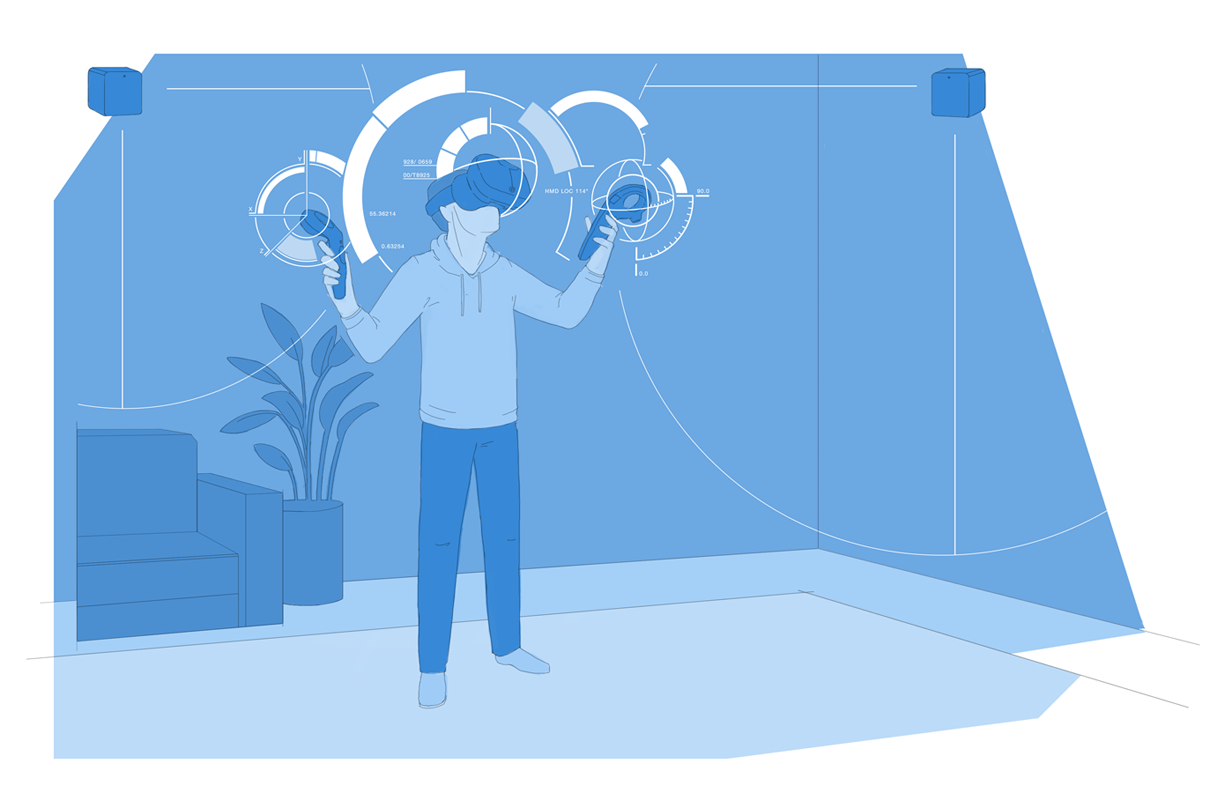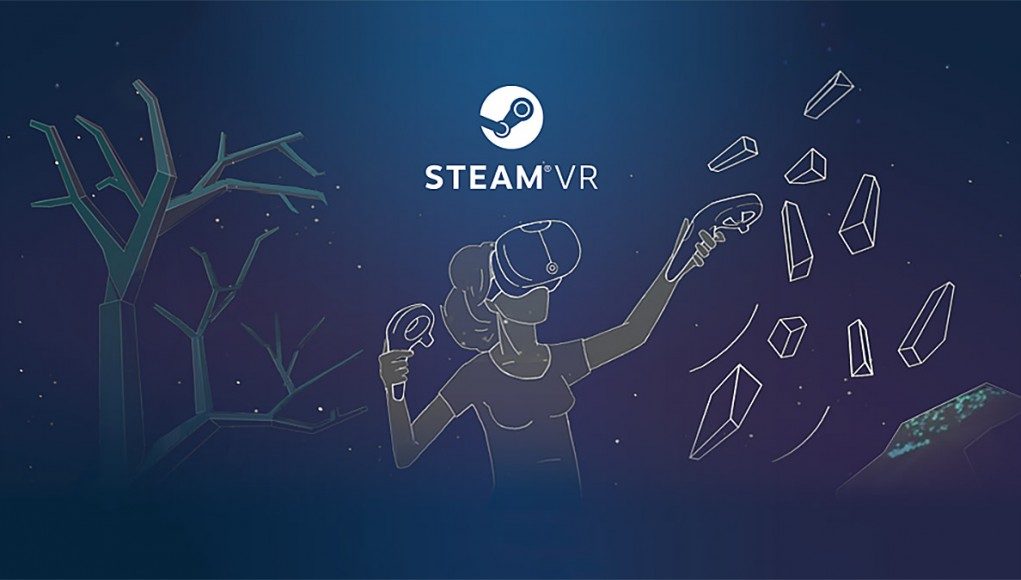New SteamVR optical technologies now available to VR hardware manufacturers includes the use of both LCD and OLED custom panels. According to the press release provided to Road to VR, Valve’s work with display manufacturers and recent advancements in LCD technology combined with VR-specific calibration “now make it a viable technology choice for high end VR systems.”
Valve recently announced the availability of new core VR technology components for device manufacturers, namely displays, optics, and calibration tools. These essentially combine with the existing free license for SteamVR tracking and input technology, meaning that the key hardware elements for high-end VR are now all available through Valve.
“World class VR requires highly precise tracking, matched optics and display technologies, and a software stack that weaves together the interactions between these components,” said Jeremy Selan of Valve. “For the first time, we’re making all of these technologies available to anyone who wants to build a best in class VR system for the millions of Steam customers accessing over 2,000 SteamVR compatible titles.”

As shown on the SteamVR licensing page, both LCD and OLED panels are being recommended for VR. While OLED technology offers a number of advantages for VR use cases – an essential specification of the popular first generation, high-end VR headsets available today – it is now possible to use LCD, thanks to recent advancements in the technology and optimisations to calibration software.
The confidence in LCD for high-end VR is demonstrated in the upcoming Pimax ‘8K’ VR system, which uses SteamVR technology – as well as the upcoming ‘high quality’ mobile VR solution from Oculus.
“Fast-switching liquid crystals, low persistence backlights, and high PPI displays” of the latest LCD panels are, according to Valve, “well matched” to high-end VR. They continue to recommend OLED as an “excellent option for new head mounted displays”, pointing out that both display technologies have “inherent artifacts unique to head-mounted usage”, which are being solved at both a hardware and software level as part of the SteamVR technology suite.
Valve’s custom lenses available for purchase work with both LCD and OLED panels, which also benefit from their calibration and correction software. They support a field of view between 85 and 120 degrees, and are designed for the “next generation of room-scale virtual reality.”







